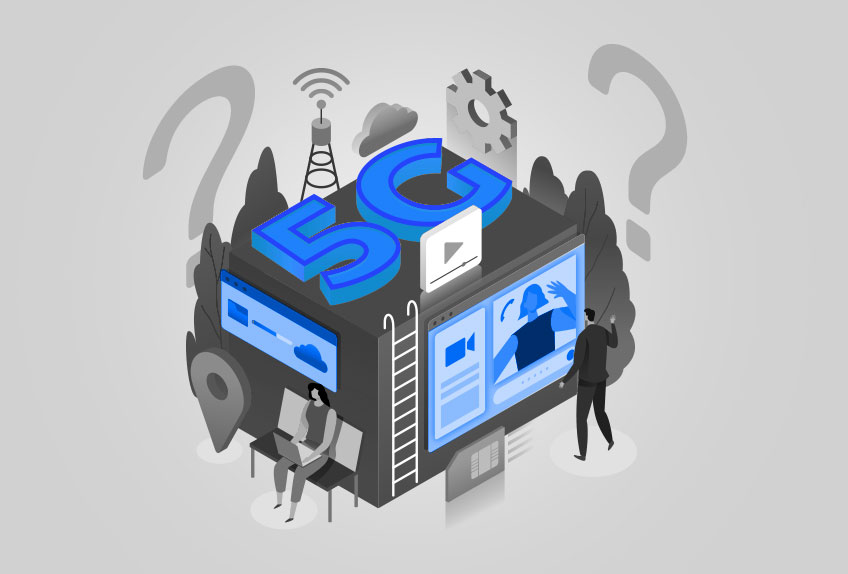Throughout the evolution of cellular standards, two principles that clearly stand out are capacity and coverage. This means each evolution of the standards has been with the aim to increase the capacity and the area of coverage. Small cells in the current evolution of the 5G cellular standards will play an integral role in the nationwide rollout of 5G.
However, there is still a lot of skepticism around 5G. Here are some top facts around 5G and small cells to help understand the technology and its implementation in detail.
1. 5G antennas can be placed anywhere in a neighborhood
Small cells are the main technology behind the 5G amplification and these small cell antennas can be literally placed anywhere to transmit 5G waves. These can include places like street lights, utility poles, bus or train stops, building facades to name a few.
2. Small cells antennas are not all that small
Small cell antenna installations are not as small as advertised. These antenna systems are housed under metal boxes and these boxes can be as large as a medium-sized refrigerator.
3. 5G can increase radio electromagnetic radiations
One of the major speculations against 5G is the possibility of increased electromagnetic radiation in densely populated places. People across the country have raised concerns about the health risks associated with deploying 5G antennas.
4. 5G will be an additional layer and not completely replace the current wireless setup
5G will still have to rely on existing 4G and 3G networks and will not completely replace the existing setup. This is due to the fact that the 5G network will automatically fall back to 4G or 3G wherever the signals are not as strong.
5. Scientist and environmentalist across the world are calling a halt to 5G
Scientists from different countries across the globe have filed a declaration to halt the 5G roll out citing potential health hazards and threats to wildlife.
6. 5G small cell wireless implementation will not be cheap
Overhauling the current setup to facilitate 5G transmission using small cells will not be cheap and might not make good financial sense for corporations as the gestation period will be significantly longer.
7. 5G antennas can make property values drop
Studies have shown that property values will likely drop in places with the small cell antenna set up by at much as 20%.
8. Fiber is a safer alternative
Fiber is being increasingly considered for transmitting 5G. Wired fiber optics will be faster, safer, and more reliable.
9. 5G will require increased monitoring from FCC
FCC will need to increase its manpower substantially to monitor the radiation exposure levels near the site areas. FCC will need to expand its workforce to constantly monitor and warn operators in violation of the prescribed radiation levels to ensure public safety.
10. Firefighters Association has officially opposed 5G
The International Association of Firefighters has officially opposed the installation of 5G antennas in firehouses citing health concerns.
11. Bird flight patterns can change due to electromagnetic waves
Published reports have shown that radio frequency can impact birds’ flight patterns and disturb the natural habitat of bee colonies.
These are serious concerns regarding the 5G deployment and there is continuous research being undertaken by several bodies to understand the adverse effects of 5G. While many government bodies and organizations have released statements asking citizens to not be alarmed about the effect of radio frequency waves on the human body but many experts strongly disagree. At present, the WHO (World Health Organisation) has confirmed that there are no adverse health effects of low-level exposure to radio frequency waves however there are other independent research agencies that paint a different picture. The jury on the effects of long-term exposure to radio frequency waves are still to come out and only time what could be the potential damage.



Post a comment